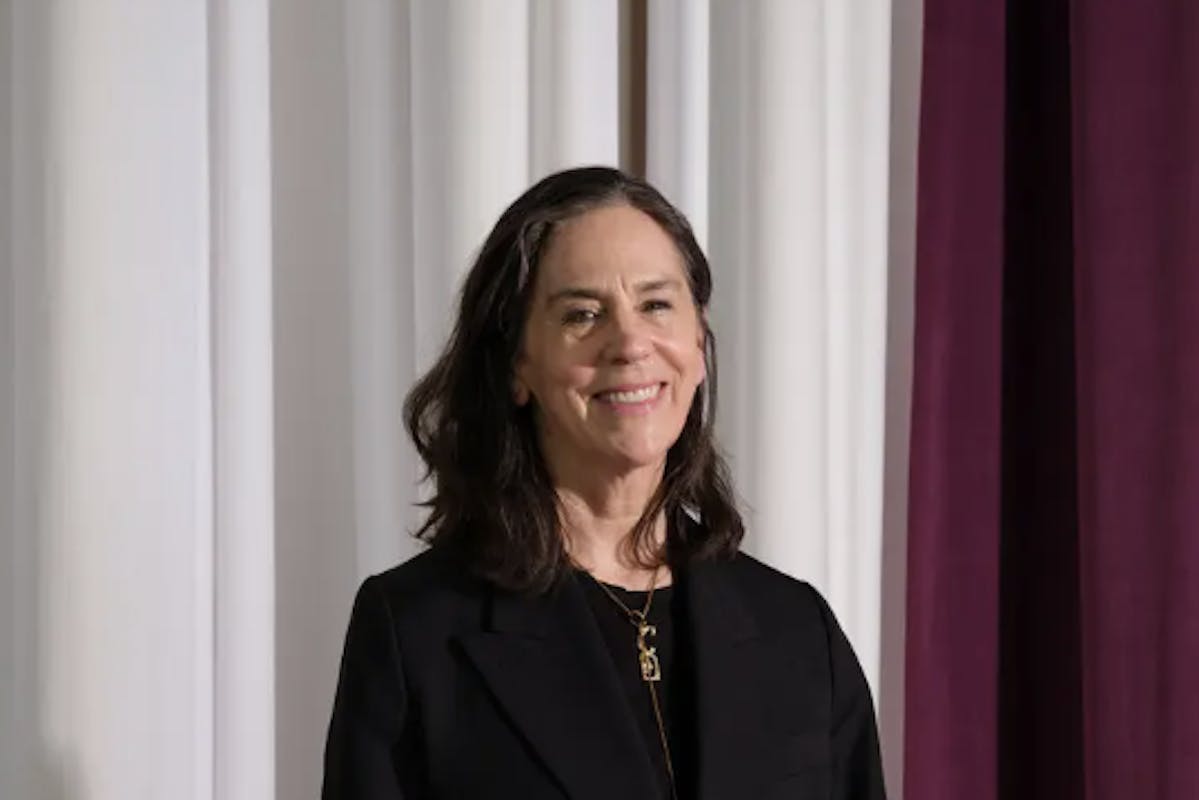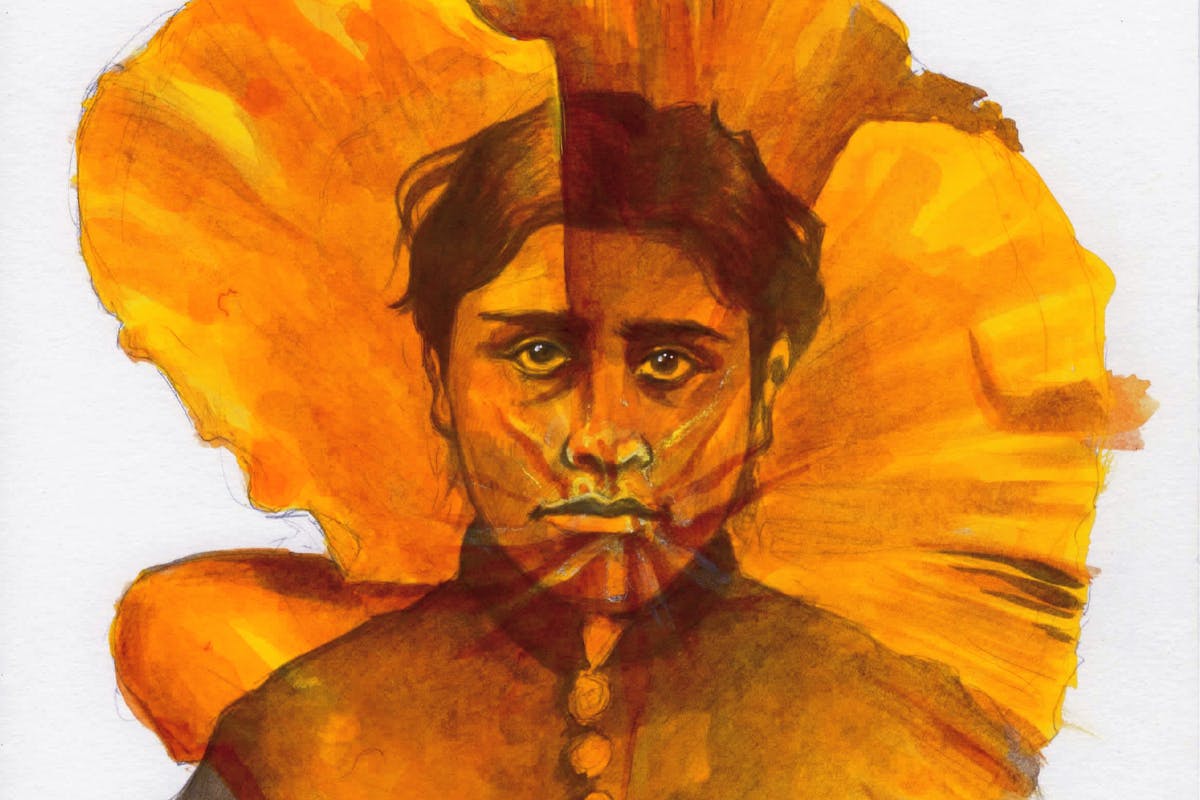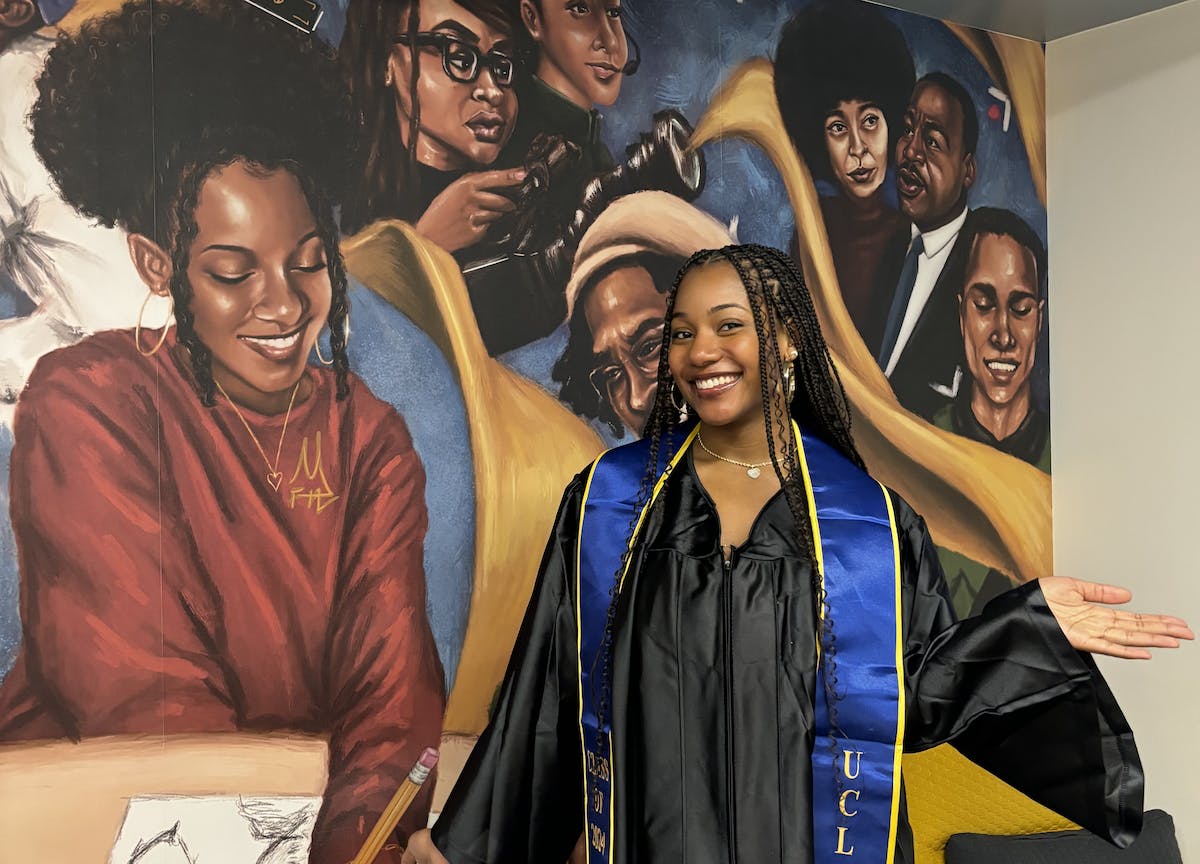MoMA PS1 Looks to Los Angeles for New Director

Marking an important appointment in the contemporary art world, Connie Butler of the Hammer Museum in Los Angeles has been named the next director of MoMA PS1, which since 1971 has focused on experimental contemporary art.
“There are very few people who are as respected in the field,” Sarah Arison, chair of the board, said in a telephone interview Monday. “She’s a demonstrated champion of emerging artists.”
Butler, currently chief curator at the Hammer, is to assume her new position at the museum in Long Island City, Queens, on Sept. 26.
“It’s a place that has always been very close to my heart,” Butler said of PS1 in a telephone interview. “It has artists at the center of its mission, which has been critical to my work.”
Butler’s appointment marks her return to New York and to MoMA, where she was chief curator of drawings from 2006 to 2013. She also has extensive experience with MoMA PS1, having served as part of the curatorial team for its “Greater New York” exhibition in 2010 and co-organized major traveling shows, including “WACK! Art and the Feminist Revolution” (2008), which had its debut at the Museum of Contemporary Art, Los Angeles; “Now Dig This! Art and Black Los Angeles 1960-1980” (2012), which opened at the Hammer Museum; and “Mike Kelley” (2013) — originally organized by the Stedelijk Museum in Amsterdam — for MoMA PS1.
“Plainly put, the Mike Kelley retrospective, fresh from Europe to MoMA PS1, knocks everything else in New York this fall right out of the ring,” Holland Cotter wrote in his New York Times review.
At the Hammer, Butler built on her experience with “Greater New York” by working on “Made in L.A.,” an important biennial that started in 2012 and highlights artists throughout the greater Los Angeles area.
“They are aligned in spirit,” Butler said of the two exhibitions, adding that both have “become critical to each of their communities.”
At MoMA PS1, Butler succeeds Kate Fowle, who resigned last summer after a brief three-year tenure that was complicated by the pandemic. Fowle focused on outreach to neighboring Queens communities, emphasizing social justice issues and giving the museum a website independent of MoMA’s.
While Fowle did not give any reasons for her departure when she stepped down, it was widely perceived as troublingly abrupt. Arison, asked whether the board was mindful of trying to ensure a more lasting appointment this time around, said: “We’re very forward thinking,” adding that the board is focused on “setting our new director up for success.”
Regarding her predecessor, Butler said: “I have nothing but respect for Kate and the way that she really did begin to bridge the institution to the local community.”
Butler also gave no indication of pulling back from a commitment to social justice, speaking of this as “an opportunity for museum spaces like PS1 to support the radical work artists are doing in a conservative moment — from traditional studio practice to social practice to doing political work.”
Butler added, “I have a career-long commitment to equity work, championing women artists and BIPOC artists,” Butler added, using an acronym for Black, Indigenous and people of color, “and I look forward to continuing that at MoMA PS1.”
PS1’s leaders have often had to navigate its level of independence from MoMA, a relationship that is both mutually beneficial and potentially fraught. MoMA has an operating budget of $165 million and contributes 25 percent of PS1’s $11 million budget, including 10 percent of its operating support and 15 percent in discretionary giving from MoMA trustees and affiliate groups.
PS1 in turn provides MoMA with a youthful curatorial vision as well as access to a younger crop of visitors.
“We are partners in the enterprise of ensuring there is a vibrant program of contemporary art at MoMA PS1 — it is a reciprocal relationship and always has been,” Glenn D. Lowry, MoMA’s director, said. “We are the larger, more stable institution from the point of view of organization and financial resources. MoMA PS1 is the smaller, more risk-seeking, agile institution that has the opportunity to work in a more granular way with artists and communities. We balance each other extremely well.”
Given Butler’s history with both MoMA and PS1, Lowry added, “she is well-suited to understanding the dynamic between our two institutions and how to make the most of it.”
Lowry said that the search process included a diverse roster of candidates and that “Connie emerged as the person with the right skill set at the right time for us.”
Butler is the second director appointed from outside PS1; Fowle was the first. Fowle’s predecessor, Klaus Biesenbach, had started as a curator there in 1995 and in 2010 took over from the museum’s founder, Alanna Heiss. Founded in 1976 as the P. S. 1 Contemporary Art Center, the museum in 2000 merged with MoMA and changed its name in 2010 to MoMA PS1.
The museum has been working on a renovation to better welcome the community — adding an opening to the exterior walls as well as amenities that will keep the courtyard open after the building is closed. The city approved $9 million in capital funds last year for the project.
Butler began her career at the Des Moines Arts Center, the Neuberger Museum of Art, and Artists Space in New York before joining the Museum of Contemporary Art in Los Angeles in 1996.
At MOCA, Butler worked on exhibitions including “Willem de Kooning: Tracing the Figure” (2002), “Afterimage: Drawing Through Process” (1999) and “Rodney Graham” (2004).
At the Hammer, Butler organized exhibitions including “Mark Bradford: Scorched Earth” (2015) and “Together in Time: Selections from the Hammer Contemporary Collection” (2023), a major exhibition that opened the museum’s expanded and renovated building.
Butler won the 2020 Audrey Irmas Award for Curatorial Excellence from the Center for Curatorial Studies at Bard College and was a 2020 fellow of the Center for Curatorial Leadership. She also serves on the board of the Mike Kelley Foundation in Los Angeles.
- NY TIMES, Robin Pogrebin

